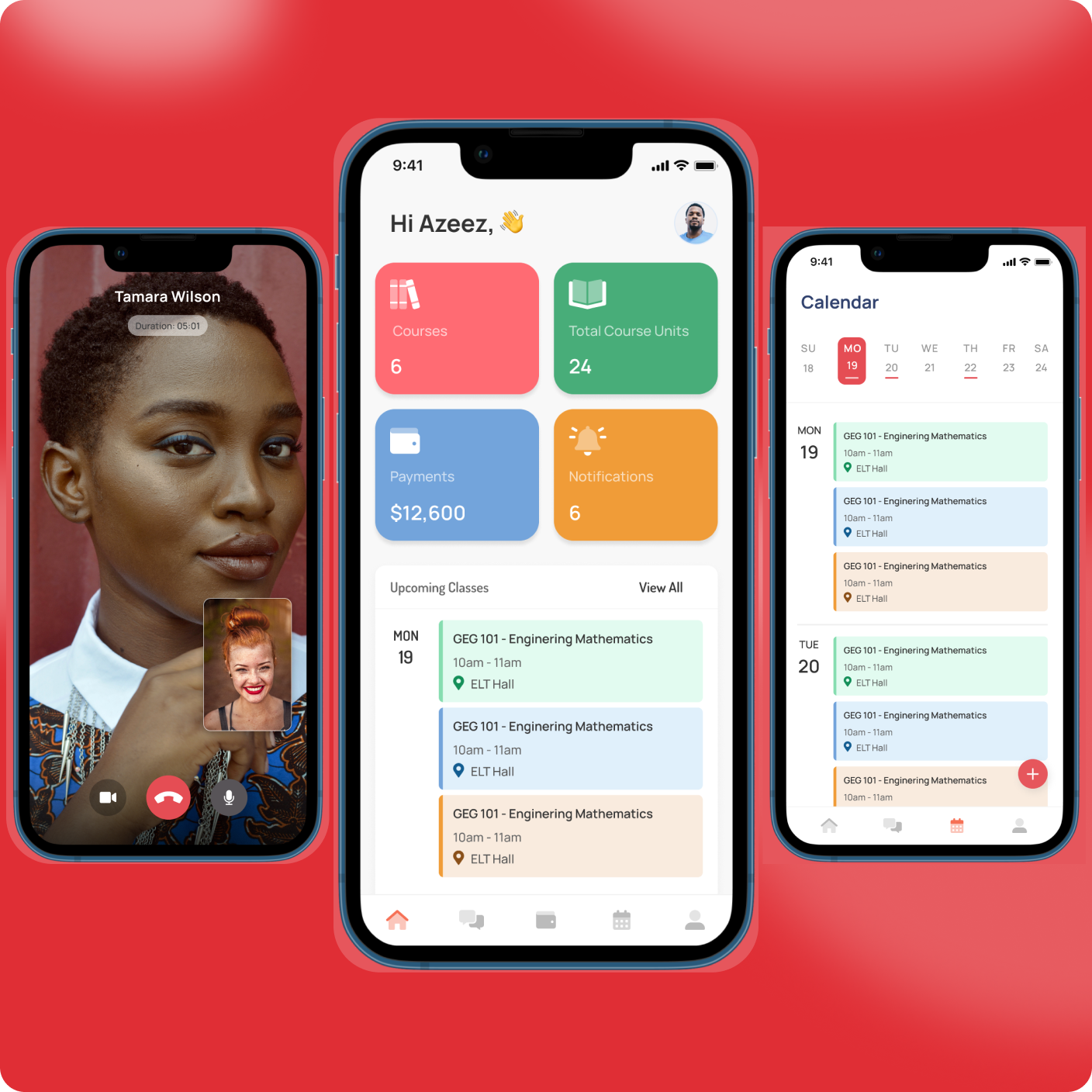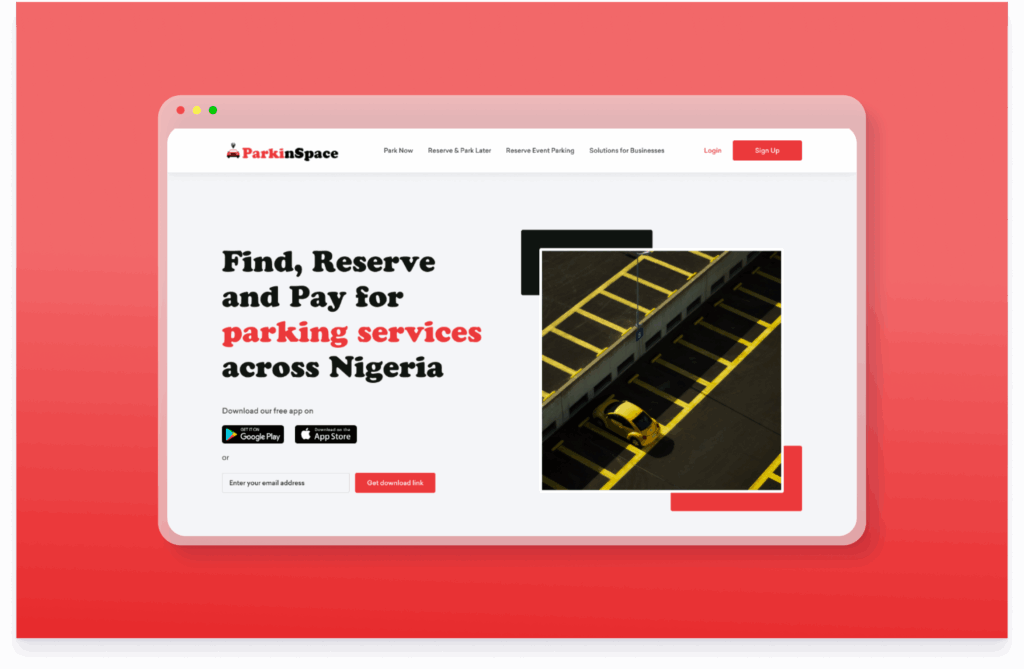University Education Management
MY ROLE
Co-Designer
Industry
Education
Description
Unify is a mobile-first platform built to centralize academic management for university students. From course registration and fee payments to result checks and lecturer messaging, the app helps students handle their academic responsibilities from anywhere. It also caters to lecturers and guardians, fostering a more transparent and connected university experience.

Objectives of the Project
I synced with the the team that needed this product built to fine-tune their expectations, and we aligned on the following objectives

Understanding the Users
To be able to create an experience that the users of Unify will love, we sought to find out about the people that will be using the platform to understand their goals, constraints and expectations – we conducted:
- Interviews with students from public/private universities.
- Stakeholder discussions on existing processes.
- Creation of multiple personas, such as Fresh Applicants, Enrolled Students, and Faculty Members.
The summary of the research led us to create personas of our different user types



We explored on a high level how universities operate today, identifying pain points and building journey maps across stakeholders. Ideation sessions helped us prioritise high-impact features that were both feasible and scalable.
We selected the following features as core to the product.

Design Process
With two designers and tight deadlines to work with, we adopted a parallel design and component-building process. Our goal was to achieve a scalable design wehile moving fast and it meant:
- Dividing flows and UI responsibilities.
- Iterating on UI components as they were built.
- Maintaining cohesion through regular design reviews.
Onboarding from Day Zero
I worked on the onboarding design. The experience enabled users create profiles, apply to schools, and schedule entrance exams. Data capture was the focus in this aspect.
Rationale: The more activities a potential undergrad carried out towards admission, the less data entry they have to do. Data security was emphasised as a risk mitigant.
Built-in Communication Tools
I created the communication experience for the app. Designing instant messaging and video/audio call experiences for students and lecturers with privacy in mind. Parents will not have as much access to lecturers via the app and time limits for calls.
Rationale: A core user frustration was the lack of access to lecturers outside the classroom. This experience reduces friction in learning support.
Course Management System
I created flows that enabled users to
- Register for courses
- Upload assignments
- View grading breakdowns
- Monitor academic progress session-by-session
Rationale: One major feedback from students was the need for a one-stop self service experience for their class activities.
Testing
Due to tight deadlines, we ran quick tests on UI flows internally with engineers and product managers. This allowed us to get rapid validation and tweak high-priority flows like registration and payments.
We also ran A/B tests with friends and university student contacts.
Future Plans
- Broader user testing across multiple schools.
- Exploring integration with national academic records systems.
- Building a robust design system for future iterations.
Gains
- Proved out a scalable framework for a full University-as-a-Service platform.
- Laid the groundwork for onboarding institutions into a unified academic management system.
- Received positive internal feedback from early user interactions and test sessions.
- I was able to execute a near marathon project with a good design process
Learnings
- Working without a design system made consistency harder; we had to manually sync styles frequently.
- Designing for 3 different personas (students, faculty, guardians) forced us to zoom out and build modular features.

